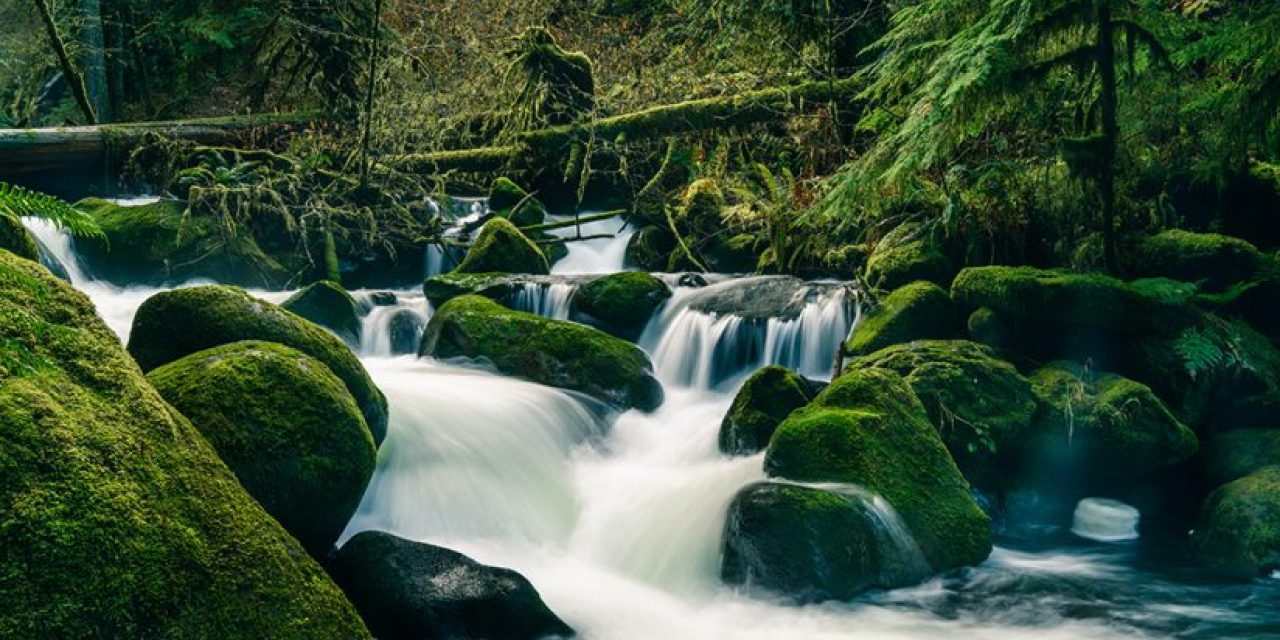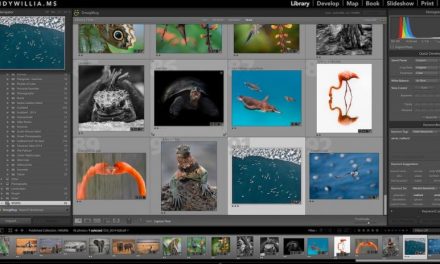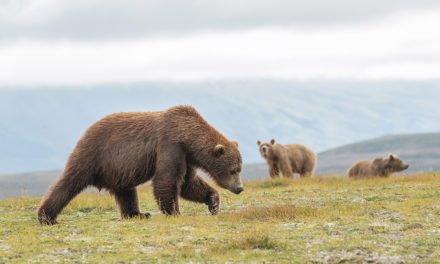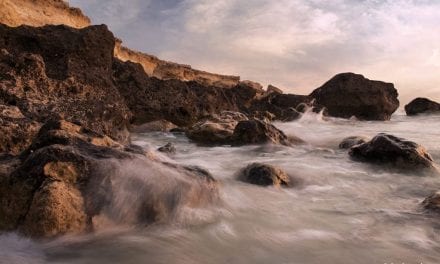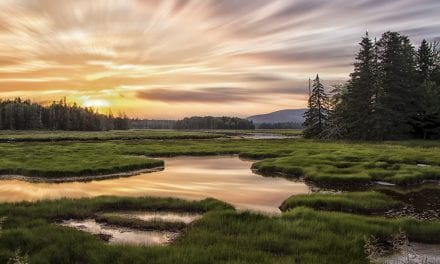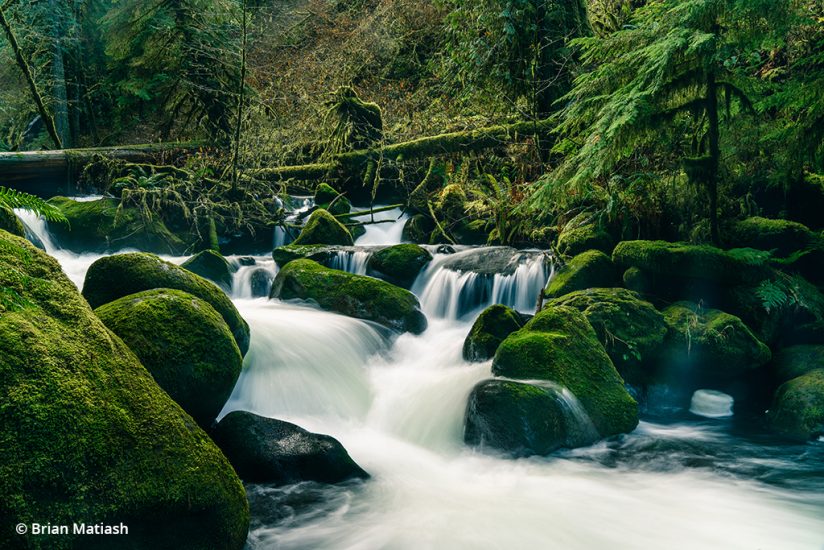
As you could expect of most landscape photographers living in the Pacific Northwest of the United States, my choices of scenery at the time were predominantly focused on waterfalls, forests and creeks. I’ve seen more verdant, mossy trees than I ever could have imagined growing up in New York City. And, like most people, I developed a habit of sorts and would frequent the same locations over and over with my camera. It’s not that they were easy to get to or anything like that. Rather, these familiar locations offered such a variety of photo opportunities that I never found myself complaining that, “I’ve shot that place a thousand times already.”
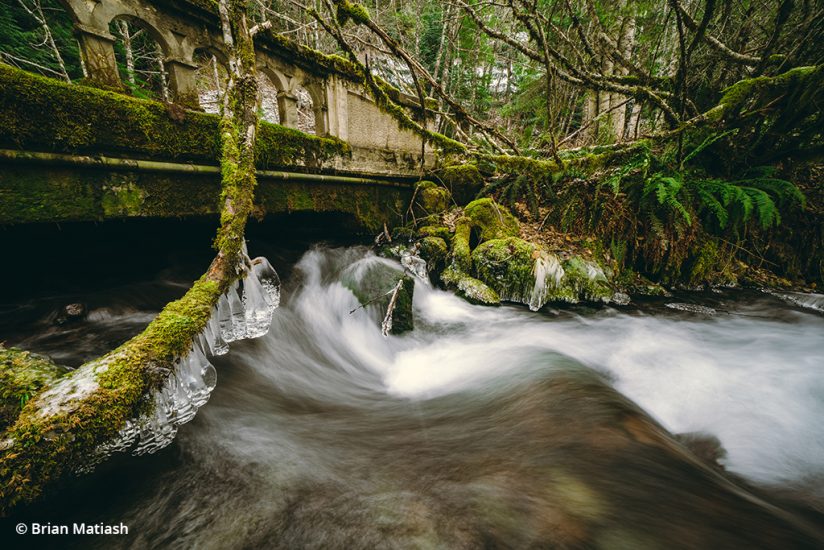
Don’t get me wrong. I’ve certainly muttered that complaint to myself many times, and I’d be willing to bet that there are more than a handful of you out there who would also raise your hands and attest to the same. It’s especially true if you live somewhere that isn’t exactly “target rich” for photography. Still, I call rubbish to that because I genuinely believe that there is always something to photograph, regardless of whether you’ve visited the site a thousand times before. The key is to approach these familiar locations with a different mindset. In my case, I chose to create a “photo study” on the ways that flowing water interacts with its surroundings, whether it’s a giant boulder or a pile of fallen tree trunks. I call this study “The Path of Least Resistance” and have been working on it for almost a decade.
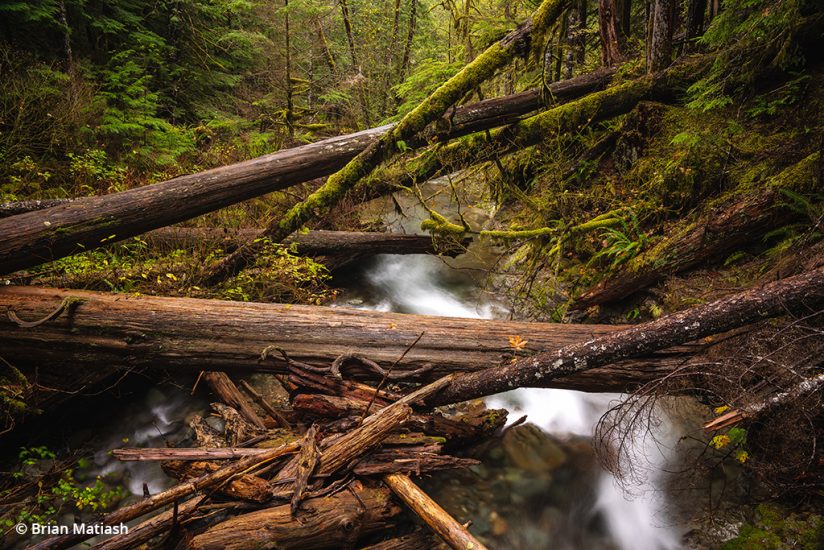
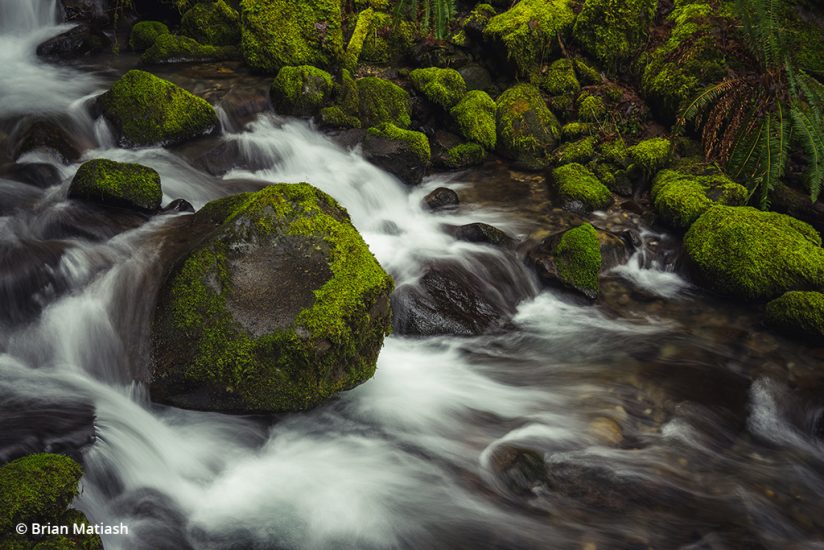
I’ve found that one of the most important elements to a successful photo study is to allow yourself the freedom to approach your subjects with as much variation as you can think of. That could mean revisiting your familiar scene at different times of the day, different seasons and in different weather conditions. These variables alone can yield dramatically diverse results, especially if you have ready access to the scene and practice frequently.
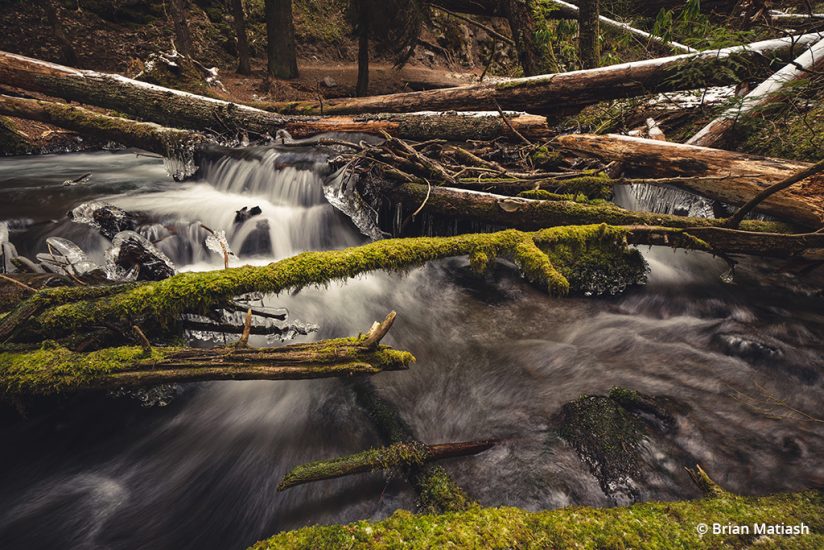
Another wonderful alternative approach is to try changing focal lengths and lens types. Have you always visited a scene with your wide-angle lens? Then try limiting yourself to a telephoto lens next time. Or, consider only using a fisheye lens or a novelty lens, like those made by Lensbaby. Even if you don’t already own one of these lenses, it’d be worth renting one for the creative opportunities that they can bring.
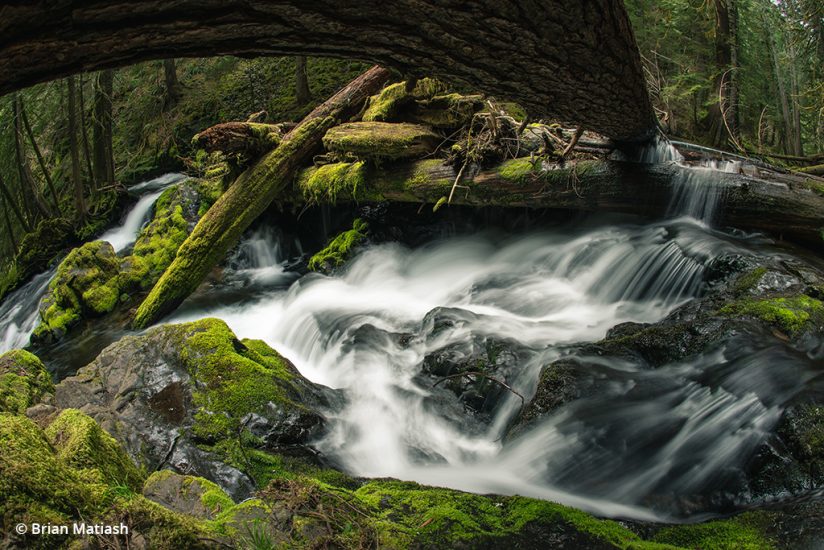
Ultimately, the choice between shooting a scene for the thousandth time or not shooting it shouldn’t even be a decision for a photographer. Any opportunity to get out with your camera is a good one and allowing yourself the creative depth that a photo study inspires can be the ideal way to break through a funk and see your own backyard in a whole new way.
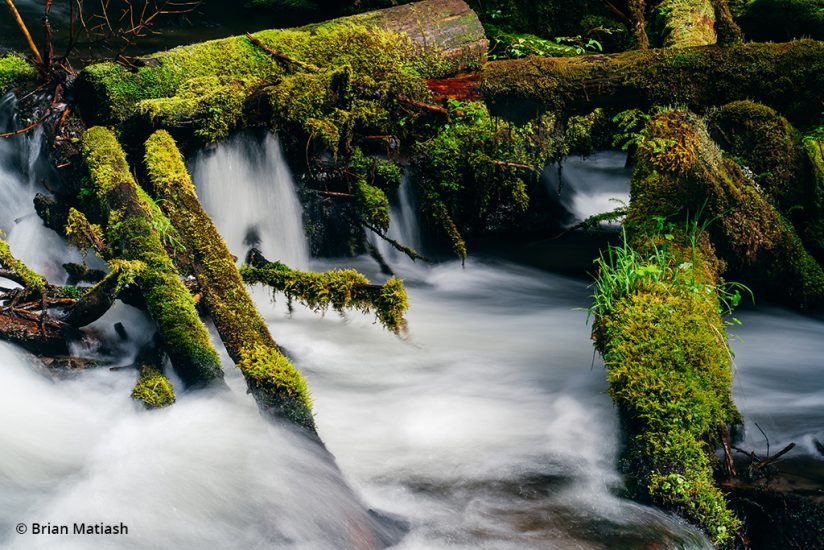
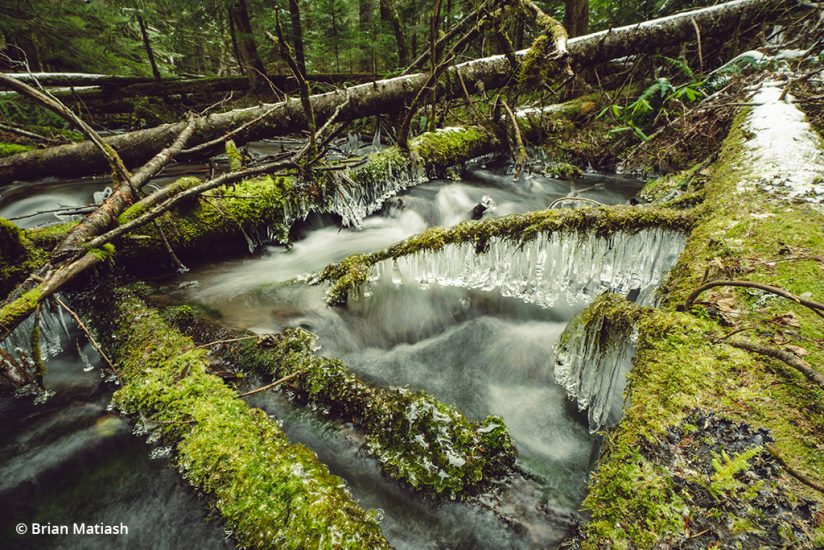
The post The Creative Power Of A Photo Study appeared first on Outdoor Photographer.

